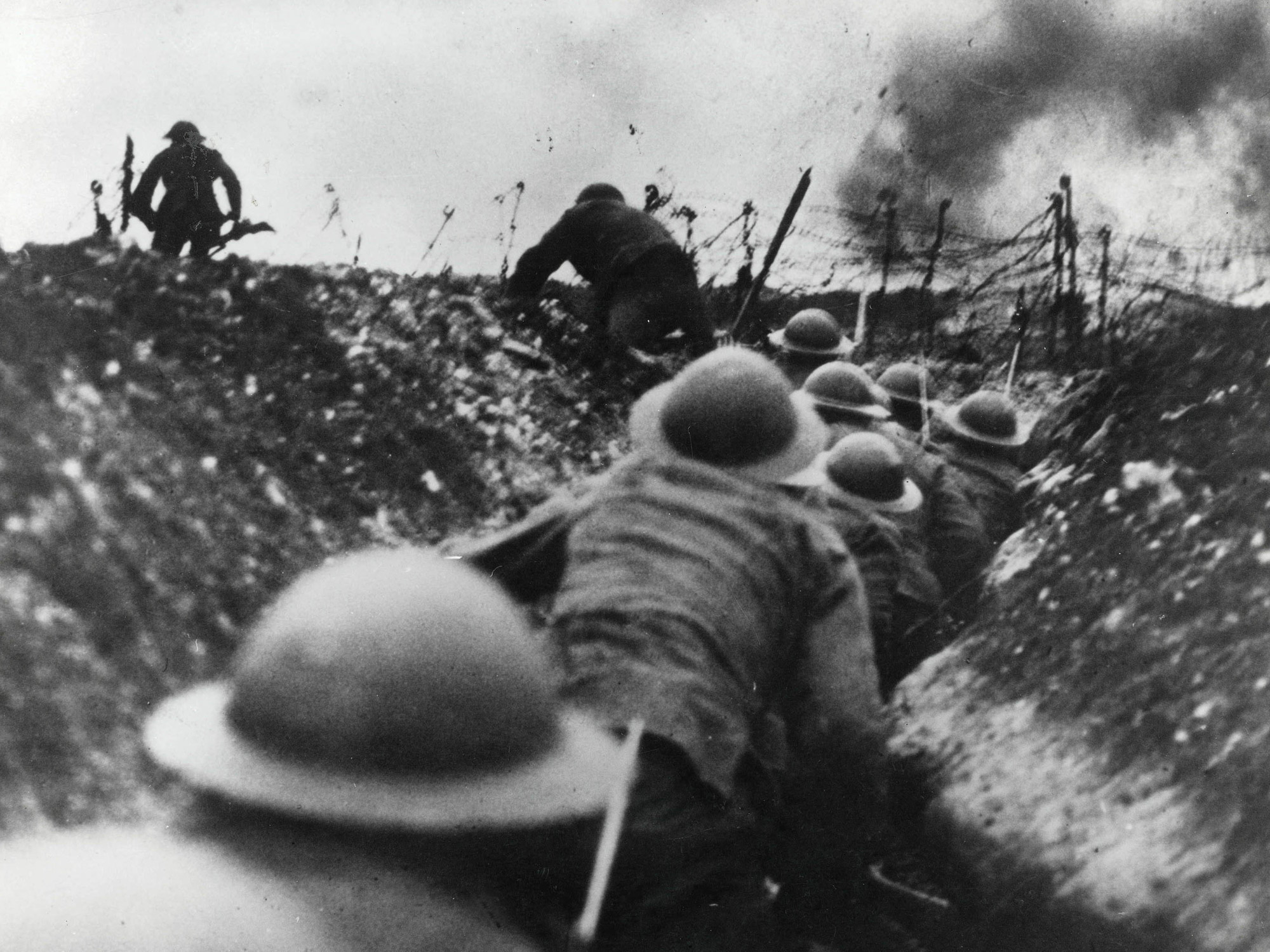
The Great War Begins In 1914
The summer of 1914 was one of the darkest in human history. War has long existed throughout human history between nations and tribes. But entire continents have never joined in to form a global conflict. Technological advances such as rapid machine gun fire, airplanes, automobiles, tanks, and petrol powered ships and submarines changed warfare forever. On June 28th, 1914, the heir to the Austrian throne was gunned down in the streets of Sarajevo. Archduke Franz Ferdinand of Austria was assassinated by Yugoslav nationalist Gavrilo Princip, triggering a chain of events that would change the world forever. More than 70 million military personnel were mobilized in one of the largest wars in history. Over 16 million souls lost their lives during World War I. It was known as the “War To End All Wars”. But we know how that it only further disturbed the political landscape of Europe, setting up the stage for World War II. However, there was one small bright spot amongst all the darkness, even though it only lasted for a very brief time.

Trench Warfare Takes A Toll On Europe
The beginning of the war has drawn incredible amounts of casualties on both sides of the war. Military strategies were outdated and did not account for the power of the machine gun and tended to favor cavalry charges. After a while, both the Allies and Central powers began to build long trenches to secure their soldiers. Each side trying to out-flank the other, the trenches kept growing until they reached the coastline. This would lead to a very long drawn out stalemate that would last a few years when it was assumed it’ll be over in months. The war would only make progress when men climbed out of their trenches and charged down “No Man’s Land”, an area between the trenches where it rained artillery shells and men were exposed to machine-gun fire. This would lead to very little progress being achieved and further leading to the invention of Chemical Warfare. The Central powers began to use Mustard Gas on the enemies as a way to get the upper hand, and before long, both sides were using chemical warfare. This practice would be later banned in warfare all together in the Geneva Protocol in 1925. As you can imagine, resentment was high on both sides of the battlefield, which made this special moment all the more important.
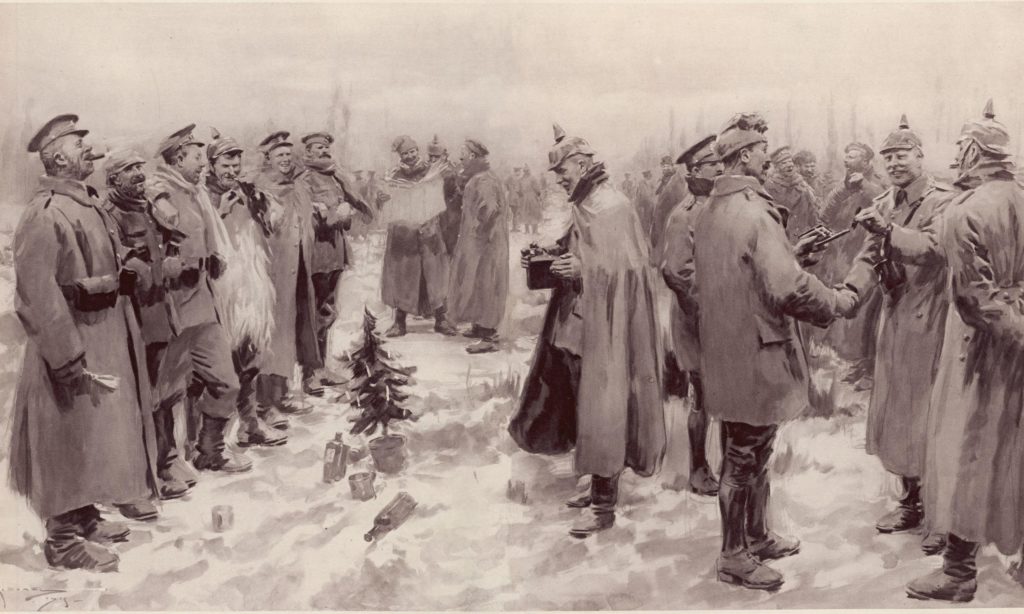
December 25th, 1914 – Christmas Day In Europe
In a sight that showed the better side of humanity, both sides of the war were mostly Christians. Christmas Day is viewed as the most significant day of the year when their savior Jesus Christ was born. An unofficial truce occurred throughout most of the war front that angered the high command of both the Allies and Central powers. Men were beginning to cross over to No Man’s Land to mingle and exchange food and souvenirs. There were joint burial ceremonies and prisoner swaps. Some of the meetings ended with carol singing. Men played games of soccer with one another and then enjoyed a cigarette smoke. It was a small opportunity for men on both sides to temporarily forget about the horrors they had experienced thus far in the war. Most importantly it also proved that there is room for compassion amongst humans if we focus on our similarities and not our differences. Sadly enough, those in high command on both sides labeled the soldiers with “fraternization with the enemy” and it was highly frowned upon. By Christmas Day of 1915, it was a much less common sight, and it was completely gone by Christmas day of 1916. But those who participated will always remember it as a remarkable symbol of peace and humanity amidst one of the most violent events in human history.
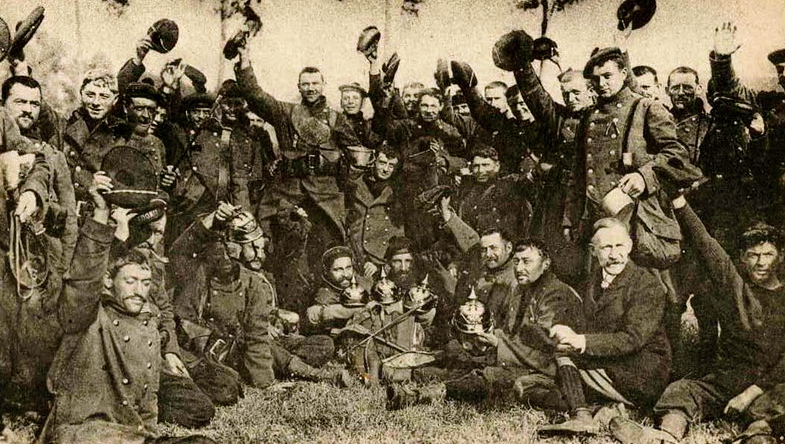
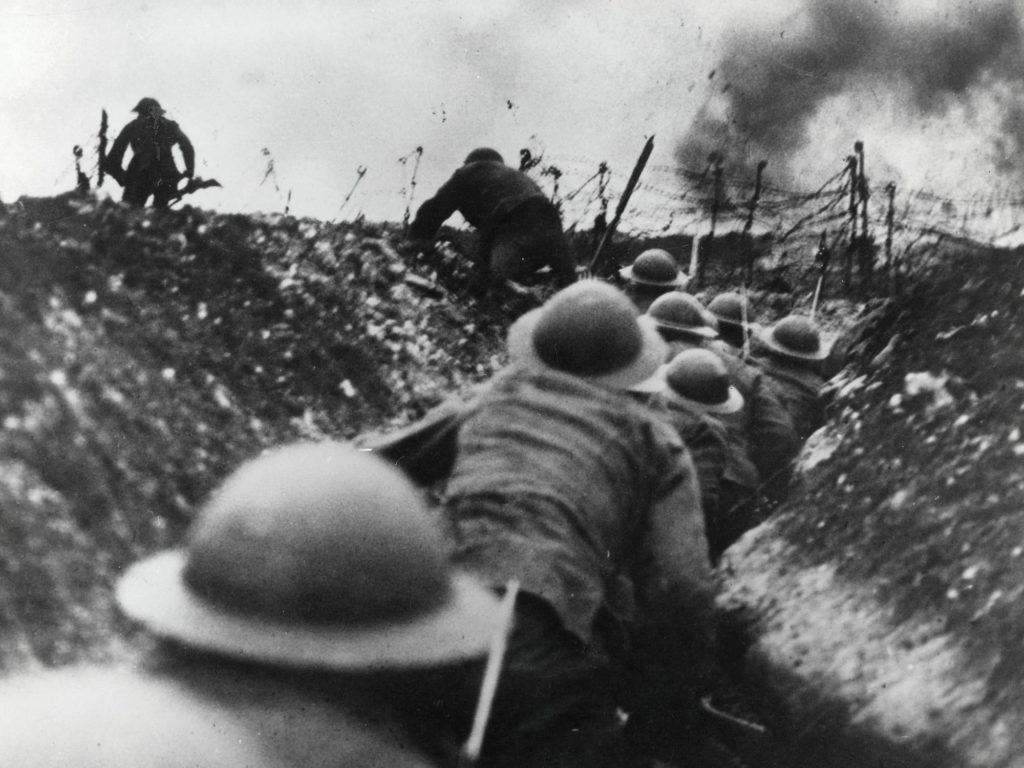






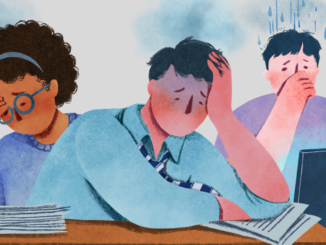







Leave a Reply
3 Comments on "The Christmas Truce During World War I"
You must be logged in to post a comment.
You must be logged in to post a comment.
Pretty cool historic move
At the end of the day we are all humans
This is why I love history